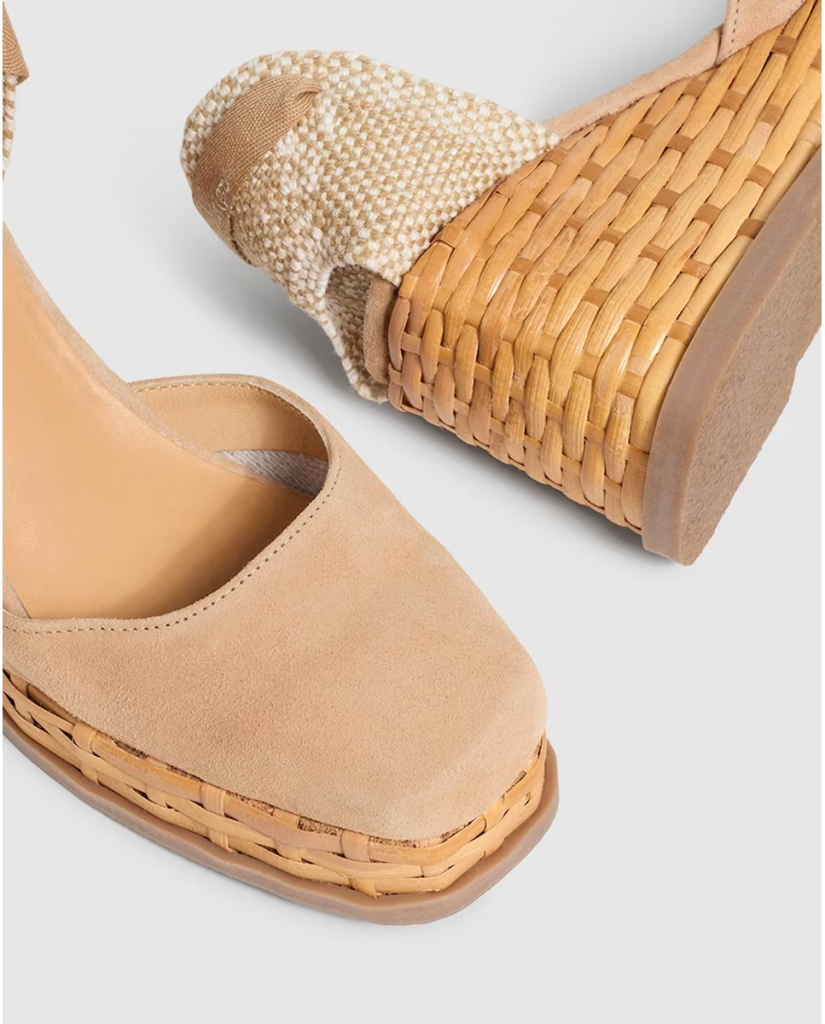
Castañer espadrilles are a type of footwear that have been a part of Spanish culture for over 90 years. These shoes are known for their comfort, durability, and versatility, and have become an iconic symbol of Spanish culture. Over the years, Castañer espadrilles have evolved in terms of design, materials, and styles, but have never lost their essence. In this article, we will explore the evolution of Castañer espadrilles over the years and their impact on the fashion industry.
History of Castañer Espadrilles
Castañer espadrilles were founded in 1927 by Rafael Castañer and his wife, Tomasa Pujol. The couple started making espadrilles in a small workshop in the town of Banyoles, near Girona, Spain. At first, they made espadrilles for local farmers and peasants, but soon realized that the shoes had potential as a fashion item.
In 1946, the couple’s son, Lorenzo Castañer, took over the business and started to expand it. He opened a new factory in the town of Granollers, near Barcelona, and began to export the shoes to other countries. In the 1960s, Castañer espadrilles became popular among the bohemian and hippie crowds, and were worn by celebrities such as Grace Kelly and Pablo Picasso.
Evolution of Castañer Espadrilles
Over the years, Castañer espadrilles have evolved in terms of design, materials, and styles, but have never lost their essence. Here are some of the ways Castañer espadrilles have evolved over the years:
1.Design
Castañer espadrilles were originally designed as traditional flat shoes, with a simple canvas upper and jute sole. However, over the years, the design has evolved to include new materials, colors, and styles. The shoes are now available in a wide range of designs, including wedges, platforms, slingbacks, and lace-ups. The upper part of the shoe is often decorated with embroidery, lace, or other embellishments, making them suitable for formal occasions as well.
2.Materials
Castañer espadrilles were originally made of jute and canvas, but now they are also made of leather, suede, and other materials. The jute used in Castañer espadrilles is of high quality and is hand-sewn to the upper part of the shoe. The shoes are also lined with leather or cotton for added comfort and durability.
3.Collaboration with designers
Castañer espadrilles have collaborated with many designers over the years, including Yves Saint Laurent, Christian Louboutin, and Manolo Blahnik. These collaborations have helped to bring the shoes to a wider audience and have given them a new level of fashion credibility. The collaborations have also helped to push the design boundaries of Castañer espadrilles, creating new and exciting styles that appeal to a wider audience.
4.Sustainability
Castañer espadrilles have always been made of natural materials such as jute and cotton, making them eco-friendly and sustainable. The company has also implemented sustainable manufacturing practices, such as using solar panels and reducing water usage. Castañer espadrilles are biodegradable and do not harm the environment, making them a popular choice among people who want to reduce their carbon footprint.
5.Impact on the Fashion Industry
Castañer espadrilles have had a significant impact on the fashion industry over the years. They have become a fashion staple that is worn by both men and women for various occasions. Castañer espadrilles have also been featured in fashion magazines and on runways, further elevating their status as a fashion item.
The shoes have also become a popular choice for celebrities and influencers, who often wear them for casual outings and red carpet events. Castañer espadrilles have been worn by celebrities such as Meghan Markle, Gwyneth Paltrow, and Sienna Miller.
Conclusion
Castañer espadrilles have come a long way since their humble beginnings in a small workshop in Spain. They have evolved in terms of design, materials, and styles, but have never lost their essence. Castañer espadrilles have become an iconic symbol of Spanish culture and have had a significant impact on the fashion industry.

